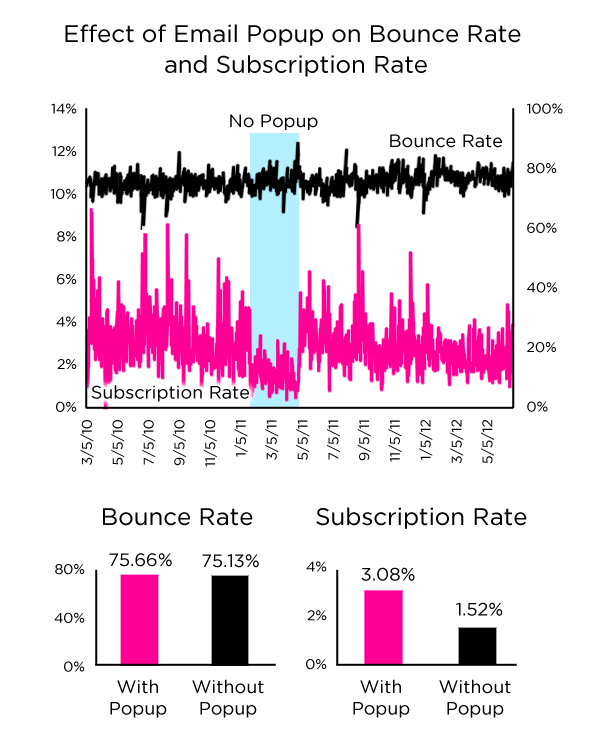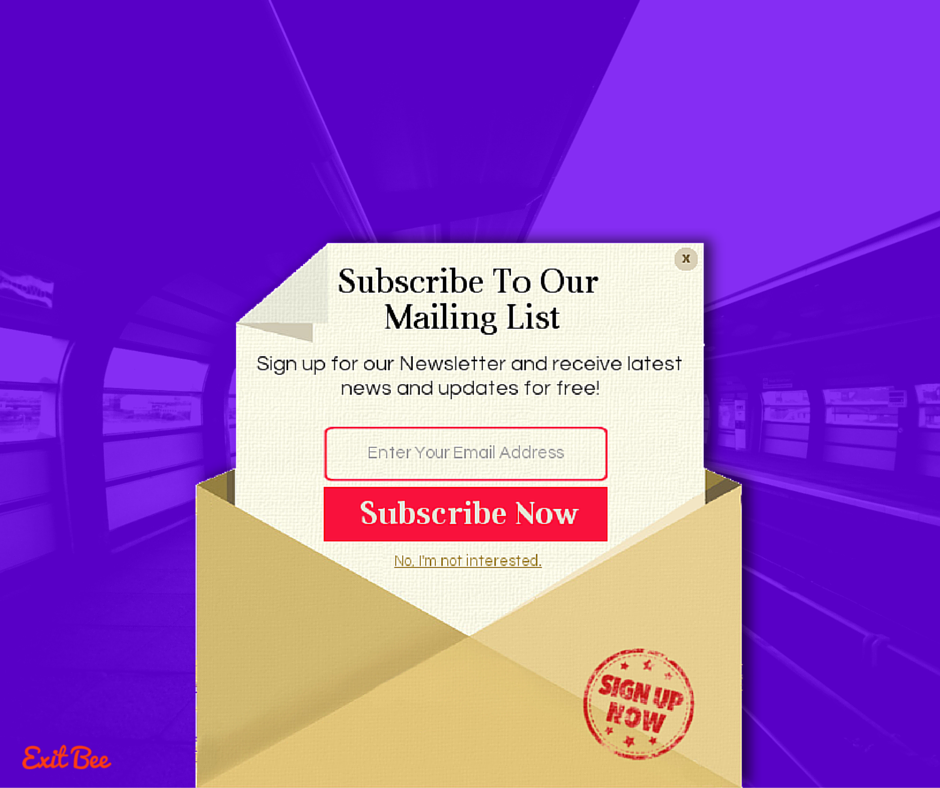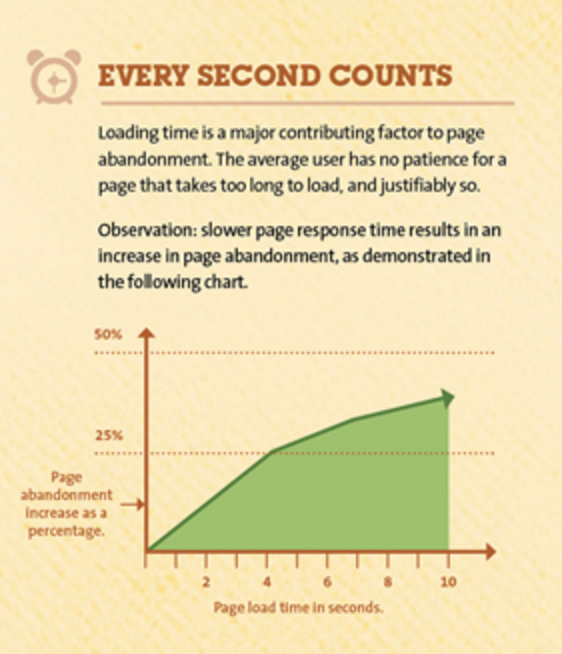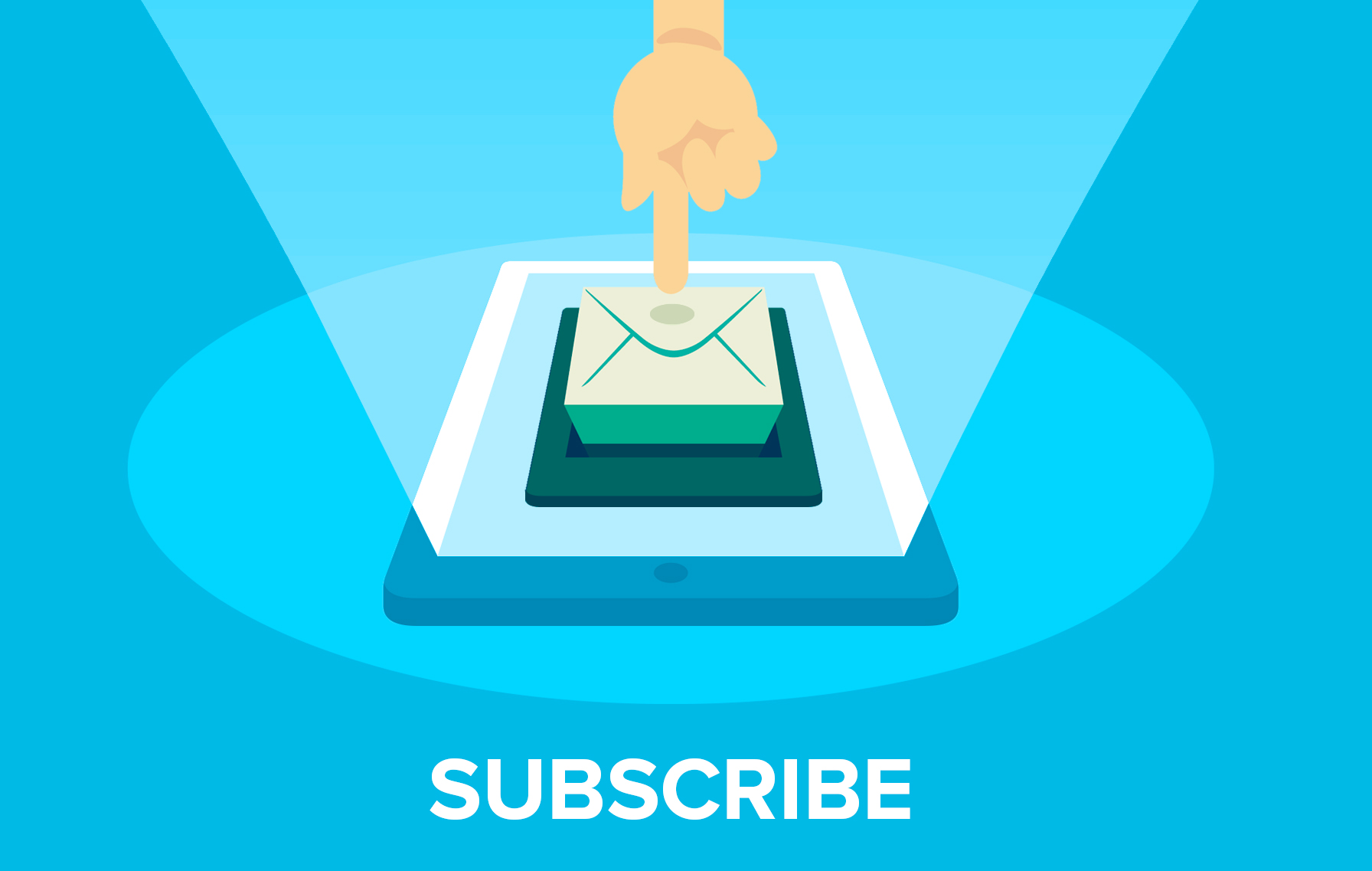Running a blog is so much more than just posting on a niche that you can do justice to. You need to understand who your target readers are, look into what they want to know about the niche and then present it to them in a way they choose.
Making your blog is successful is a challenging task and with every business trying their hand at content marketing, it is becoming difficult to acquire quality readers day-by-day.
While you might be getting a considerable amount of readers on your blog every time you publish and an impressing number of shares, the real success parameter is the ‘number of people who subscribe to it’.
Subscribed visitors of your blog are the loyal readers who consume your content, feel it adds value to them and look forward to the next piece. They are also those set of people who are willing to act as your brand’s advocates in your industry and give it the much needed boost when required.
But ‘how do you get readers to subscribe to your blog’?
Here’s taking a look at some tried and tested hacks that will boost your blog subscription rate by a whooping 70% (of course, it depends how well you execute them):
1. Start with them first
Most bloggers start with posts around what they have learnt so far or what they think their target audience is looking for or what they want to be known for.
Instead, try the reverse engineering approach. Start with them first – see who they are, what they are looking for, what topics they are engaging in and which of those can you do justice to. Giving them the importance right from the beginning, will help you keep you reduce your bounce rates by keeping them engaged in topics that ‘interest them’.
The longer they stay on your website, the more likely they are to consume your content and see value in it. Thereby, increasing their chances of subscribing to your newsletter.
2. Use an exit intent popup
Popups have had a bad name in the digital industry for being intrusive in nature and spoiling one’s online experience. But the truth is, when backed with the right technology and strategy, popups are the most effective element for higher conversion rates.

Source: Dan Zarrella
So instead of bombarding your visitors with subscription popups just as they start reading your posts, use their exit intent to as a trigger instead. Exit intent popups target people with a personalized message or request just when they are about to leave the website.
Since by this time the visitor has already consumed the content you offer, has made an opinion about how credible you are and whether he did like to come back to your blog for more, chances of him converting with this last nudge are much greater!

3. Make your content more actionable
Another reason why blogs lose out on subscribers is that their content isn’t actionable in nature. It is important to optimize your posts to stimulate action by striking the chords of the reader with your value proposition. It doesn’t need to sound salesy, sometimes context is all that matters.
For example, when you’re stating a fact give an example to go with it or when you’re closing the post with a takeaway, use a CTA at the bottom of it so that the reader what to do next. Be it to subscribe to your newsletter, download a white paper/ebook/etc or simply to share your content on social media.
4. Optimize your blog load time
The amount of time that a web page might take to load can make or break its conversion rates. About 47% of internet users expect a web page to load in 2 seconds or less and 40% of them abandon the website for good if it takes more than 3 seconds to load.

So optimize all the elements on your web pages – right from images, to sliders, videos or any other kind of media you might have. Continue to optimize your blog as you scale, because even a 0.5 second increase in load time can result in 20% decrease in traffic.
The better your optimization, the more likely is your blog to be visited and be able to offer a great reading experience to the visitors. This in turn increases the probability of them subscribing to it.
5. Make use content lockers
Here’s the thing about your blog – it is ‘yours’. You have the ability to decide what you want to offer the readers for free and what you want to trade in lieu of something.
Content lockers basically cut off a part of your post, that can be reader by the visitor only if he completes an action. It could be following you on social media, or in this case, subscribing to your newsletter.

All you need to do is ensure that the part visible to the reader is so compelling and engaging, that he feels like continuing to read the post till the end. Else you’ll simply lose your chance at a conversion and even maybe a reader.
A good strategy is to use content lockers in posts that are offering insights into the industry via statistics, infographics, videos, checklists, case studies, ebooks, white papers, reports etc. These are a few content upgrades that people are more than willing to exchange their email addresses for!
This is also known as incentivising the reader into completing an action that serves your end goals.
6. Add as many call-to-actions as possible
The thing with internet users is that their attention span is decreasing by the day. There is so much information available on the web, that they might be tempted to check it out before they even consume your content in totality.
This is why you need to place call-to-actions across all the web pages of your blogs in different locations. Using a heat map and scroll point data, understand till where an average reader is engaged with your post. Then start including CTAs at exactly those points – even if it is including a subtle subscription banner between two paragraphs.
A few must follow placements for subscription call-to-actions include the sidebar, footer and a constant header banner.
For instance, HubSpot uses a constant header banner on their blog to encourage the reader as well as remind him to subscribe while reading through the post.

And lastly,
7. Remain consistent with blogging
Most of the bloggers are not able to maintain a consistent blogging pattern. They end up either publishing one blog per week or one per month – which isn’t enough to drive traffic or establish your blog site as an authority.
Remaining consistent with your blogging is important. Create a content calendar that you follow through to the ‘t’ and continuously keep optimizing it to suit your reader’s preferences.
According to a report by HubSpot, the higher your frequency of blogging, the greater is the subscription rate of your blog.

Over to you
Increasing your blog’s subscriber list can be a daunting task, but if you keep at it and consistently promote your content on various digital channels, you will garner your own following.
A following that looks up to your content for value is more likely to turn into subscribers.
What other tactics have you observed high subscription rate blogs make use of? Feel free to add to this post by dropping a comment in the box below!





